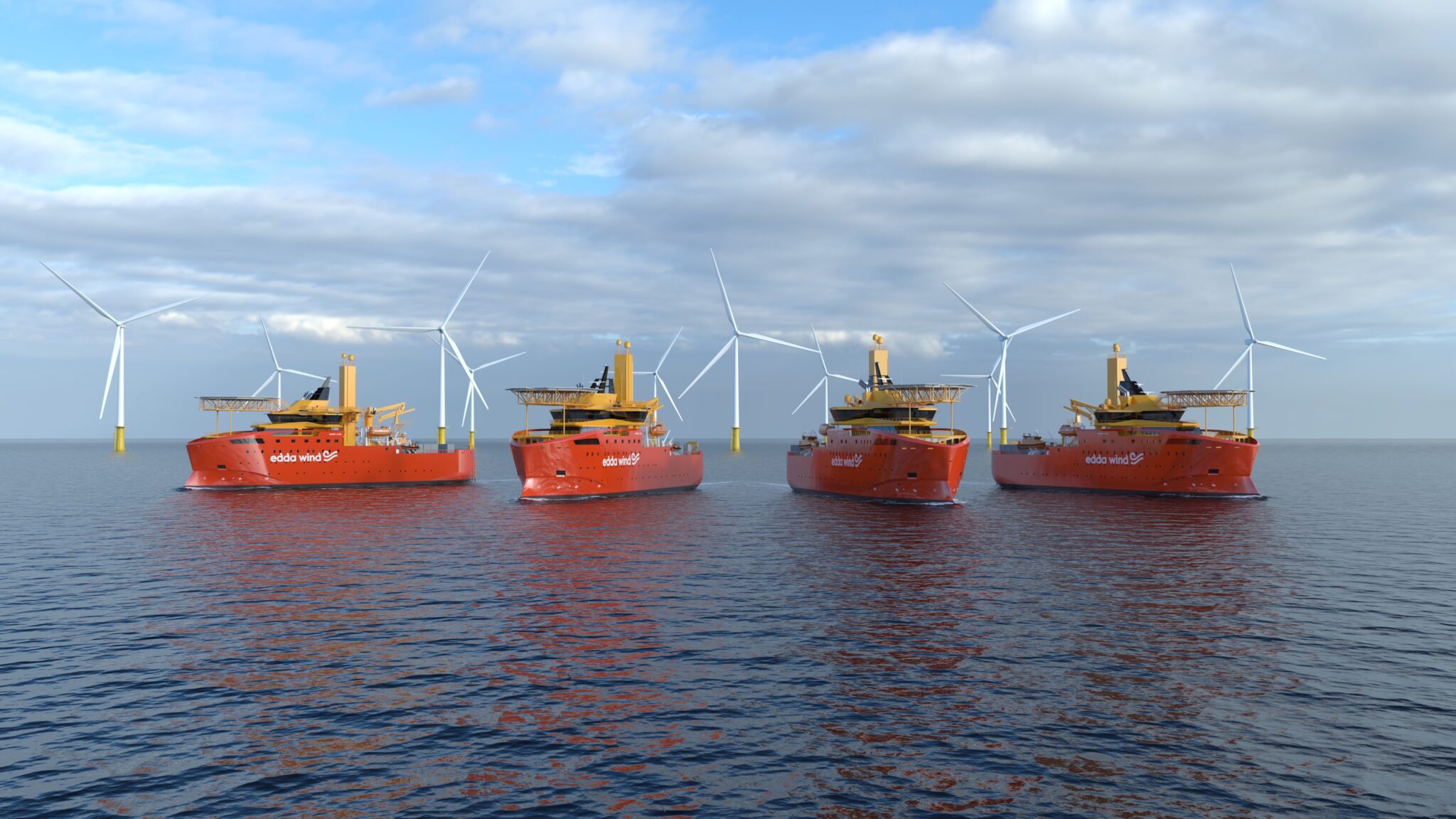Roland Schwandt, Vice President Sales at SCHOTTEL GmbH, provides some insights into how the propulsion expert is propelling the energy transition forward
1. Let’s take a closer look at the propulsion systems for vessels deployed in the offshore wind industry in general: What requirements do they have to meet?
Whether Service Operation Vessels (SOV) or Wind Turbine Installation Vessels (WTIV): Vessels operating in the offshore wind industry have to be characterised by precision positioning as well as high manoeuvring capabilities to enable them to complete their tasks as long and as safe as possible.
This applies in particular to SOVs, which transfer technicians responsible for wind turbines maintenance, via a gangway. These vessels must feature precise positioning in DP mode to ensure the safe transfer of the personnel.
Beyond this, the efficiency of the propulsion system plays one of the key roles in keeping operating costs to a minimum and make green energy more affordable.
2. How do you translate these requirements into the product portfolio?
Based on the proven principle of the SCHOTTEL RudderPropeller (SRP), we are continuously optimising our propulsion solutions. One example is the new SRP-D (“Dynamic”), a DP optimised variant of the SRP. With the SRP-D, a cost-efficient yet powerful solution has been developed that greatly improves the positioning accuracy of the vessel for special DP requirements.
The SRP-D is characterised primarily by reduced propeller acceleration/deceleration times. In combination with a high-speed azimuth steering system with reinforced gear components, the SRP-D enables faster thrust allocation than conventional rudder propellers. Thanks to the shorter response times, it is possible to react faster and in a more targeted manner to environmental forces like wind, waves and currents.
Further measures have been taken to make the SRP-D more hydrodynamically and mechanically efficient. These include an 8-degree tilt of the lower gearbox or an integrated electric motor (“LE-Drive”). The tilted gearbox increases DP capabilities by decreasing the forbidden steering zones of the thruster.
3. SCHOTTEL can look back on a history of more than 100 years. What achievements can you point to in the offshore wind industry?
In 1963 – sixty years ago – the first vessel fitted with a dynamic positioning system has been equipped with rudder propellers from SCHOTTEL. Through the subsequent close collaboration with the offshore industry, SCHOTTEL propulsion units gradually became established in almost all offshore applications. To date, over 600 offshore vessels are operating worldwide with our propulsion systems.
In addition to the recently delivered offshore construction vessels Voltaire and Les Alizés for Jan De Nul, which are among the largest and most powerful in their class, we were able to secure a contract with Norwegian pure-play operator Edda Wind. This contract comprises the supply of propulsion packages for four Commissioning Service Operation Vessels (CSOV), built by the Norwegian VARD Group. The package per vessel consists of two SCHOTTEL Dynamic RudderPropellers type SRP 460 D (2,000 kW each), one SCHOTTEL Retractable RudderPropeller type SRP 380 R (1,500 kW), and two SCHOTTEL TransverseThrusters type STT 5 (1,400 kW).
Click here to learn more about SCHOTTEL propulsion and automation systems for the offshore wind industry
